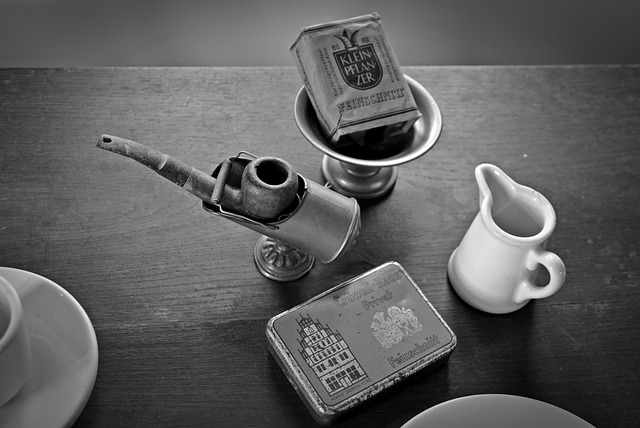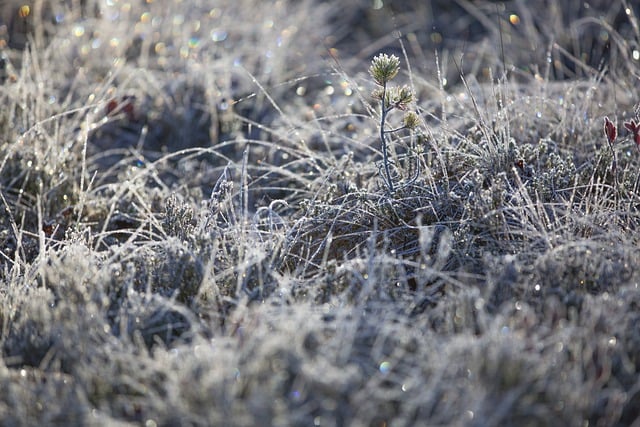Frozen pipes can cause significant damage in winter. Older homes and cold climates are more vulnerable. Preventative measures include insulating pipes, maintaining warmth (above 50°F), and opening cabinet doors under sinks. If pipes freeze, act swiftly by turning off water supply, gently thawing ice, checking for leaks, and repairing as needed. Regular insulation or heat tape offers extra protection.
Frozen pipes can cause devastating damage and incur costly repairs. Understanding the risk factors and taking preventive measures is key to safeguarding your home. This guide delves into the science behind pipe freezing, offering practical steps to mitigate the risk. From insulation strategies to efficient heating solutions, you’ll discover simple yet effective ways to prevent frozen pipes. Additionally, we’ll provide insights on what to do if prevention fails, ensuring you’re prepared for any icy surprises.
- Understanding the Risk of Frozen Pipes
- Practical Steps to Prevent Pipe Freezing
- What to Do When Pipes Freeze Despite Prevention
Understanding the Risk of Frozen Pipes

Frozen pipes are a common wintertime nuisance that can lead to costly damage if left unchecked. Understanding the risk factors involved is the first step in preventing this seasonal issue. When water inside pipes is exposed to temperatures below freezing, it expands as it turns into ice, putting immense pressure on the pipe walls. This can result in burst pipes, leading to flooding and significant repair bills. Older homes with outdated piping or those located in areas prone to extreme cold are particularly vulnerable.
Knowing how to prevent frozen pipes is essential for homeowners. A proactive approach includes insulating pipes that are exposed or run along exterior walls. Turning off the water supply valve during extended periods of subzero temperatures can also help. Additionally, draining water from irrigation systems and ensuring proper ventilation in crawl spaces can mitigate the risk. Regular maintenance and inspection of these measures will ensure your home stays protected throughout the cold season.
Practical Steps to Prevent Pipe Freezing

To prevent frozen pipes, start by insulating your home’s water pipes, especially those in unheated areas like basements and exterior walls. This simple step significantly reduces the risk of freezing during cold weather. Consider using heat tape or thermal insulation to create a protective layer around pipes exposed to extreme temperatures.
Regularly check for any signs of leaks or moisture around pipes, as these could indicate poor insulation or other issues. Keep your home’s thermostat set at a consistent temperature above freezing (at least 50°F or 10°C) when you’re away or sleeping. Opening cabinets under sinks and exposing pipes to warmer air can also help prevent freezing. Additionally, let warm water run from faucets during extremely cold weather to keep water moving through the pipes.
What to Do When Pipes Freeze Despite Prevention

If, despite your best efforts, pipes still freeze, it’s important to act quickly. Start by shutting off the water supply to prevent further damage. Then, gently thaw the pipes using a heating pad or hot water. Avoid using open flames as they can cause additional hazards and damage. Once the ice has melted, check for any leaks and make necessary repairs. Regular maintenance and understanding how to prevent frozen pipes are key. Always remember to insulate exposed pipes during colder months and consider using heat tape or thermostatically controlled heating pads for added protection.
Freezing temperatures can turn your home’s plumbing into a costly nightmare. By understanding the risks and taking proactive steps, like insulating pipes, maintaining heat in your home, and opening cabinet doors, you can significantly reduce the chance of frozen pipes. However, if the worst does happen, being prepared with a plan of action will help minimize damage and repair costs. Stay informed, be proactive, and rest assured knowing your home’s plumbing is protected against winter’s icy grasp.
